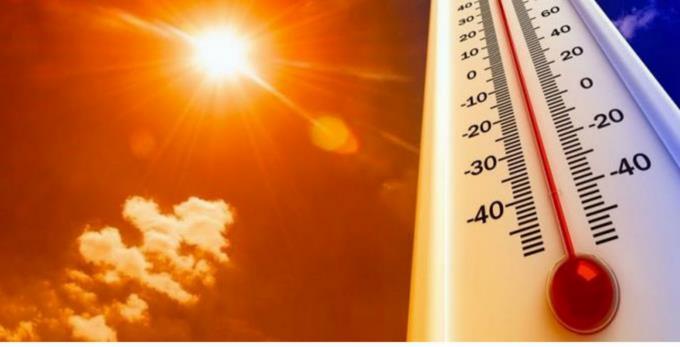Global temperatures have risen significantly since pre-industrial times and the last seven years are the warmest since there are records, according to a report by the European Copernicus Climate Change Service published this Friday, coinciding with the celebration of Earth Day.
The report, implemented by the European Center for Medium-Range Weather Forecasts (ECMWF) on behalf of the European Commission, It is made every spring and this is the fifth edition.
The head of the Earth Observation Unit, Mauro Facchini, explained at a press conference that the service monitors climate events to understand what is happening, data that Copernicus uses to interpret the current situation and that will serve to mark strategies with you look to the future.
Facchini stressed that scientific experts such as those of the Intergovernmental Panel on Climate Change (IPCC) have warned that time is running out to limit global warming to 1.5 ºC.
The State of the European Climate 2021 (Esotc 2021) report focuses on Europe and the Arctic, however collects global data and notes that global sea level continued to rise last year, and the global rise since 1993 is about 9 centimeters.
Gas concentrations
of the greenhouse effect (GHG), which cause global warming, were greater than at any other time in at least 2 million years, with concentrations of carbon dioxide (CO2) around 2.3 parts per million (ppm) and methane by 16.5 parts per billion (ppb).
The last seven years have been the warmest on recordaccording to Copernicus, although 2021 was one of the coolest of this period.
The global mean sea surface temperature (SST) in 2021 was the sixth or seventh warmest since 1850.
However, the scientists point out, on a global scale there is a clear increase in temperatures both on the land surface and in the sea compared to pre-industrial levels, registering an increase between 1.1 and 1.2 ºC of the air on the surface.
In addition, the conditions of the La Niña ocean current at the beginning and end of the year caused the 2021 SSTs to be colder globally than in recent years, a situation that affected the values of surface air both on land and in the ocean.
The latest consolidated data, up to the end of 2020, show that the Greenland and Antarctic ice sheets continue to lose mass.
The Arctic recorded the fourth largest amount of carbon emissions from forest fires since 2003, mostly from eastern Siberia although it was well below the record levels recorded in 2020.
Relative to 2020, Arctic temperatures were less extreme, but large parts of Siberia colder temperatures recorded than average, especially at the beginning of the year. The arctic region received prolonged smoke from large forest fires in subarctic Siberia.
Arctic sea ice extent remained below average throughout the year. Even so, during the summer and fall, it remained well above the record lows recorded in previous years.
The C3S report has been produced with a range of data ranging from satellite to on-site data and has contributions from international climate science experts, including Copernicus partners and European meteorological agencies.
